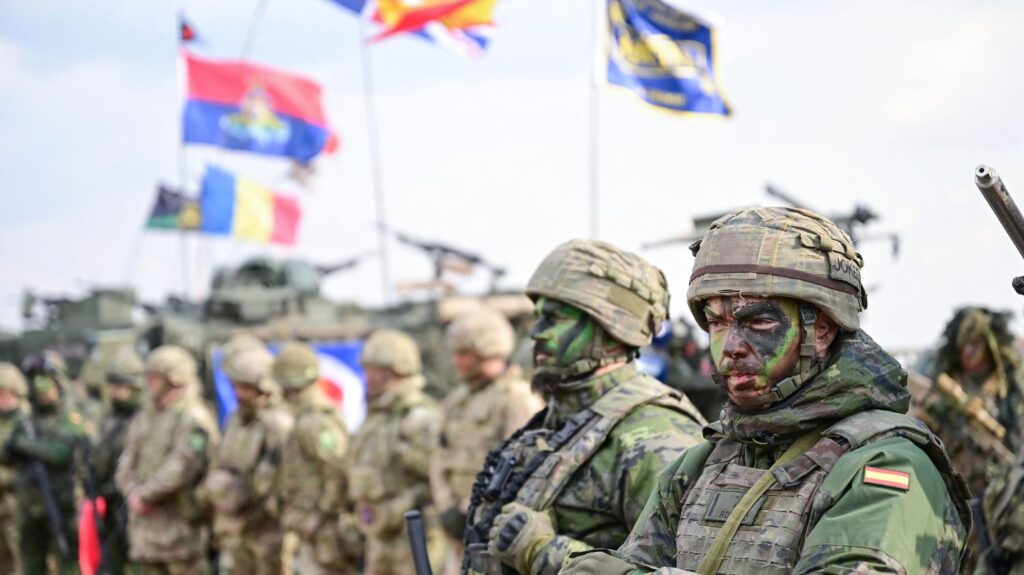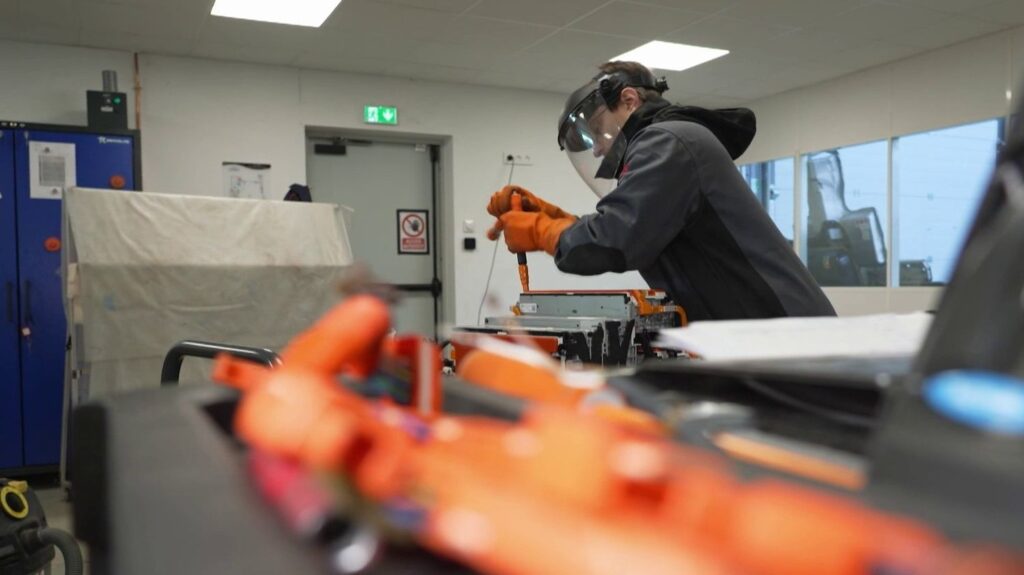For the secretary general of the Alliance, each member must be able to devote 5% of his GDP to defense expenses. It is one of the challenges of the Summit of Heads of State and Government that opens Tuesday in The Hague. The objective is not unanimous, but has the support of the Baltic countries, anxious to defend itself against Russia.
/2023/07/07/64a7df4c5fe71_placeholder-36b69ec8.png)
Published
Reading time: 4min
/2025/05/22/picture-2-2-1-682ef7f5949ce107841913.jpg)
Faced with the threat posed by Russia to the countries of the European Union, NATO, by the voice of its secretary general, wishes to put a serious boost to the defense expenses of the Allied countries. From now on, at the cost of important efforts, each of them devotes at least 2% of their GDP in defense. But to go further and mark public opinion, Mark Rutte has continued to use shock formulas in recent weeks.
In a speech in London on June 9, he declared that“In terms of ammunition, Russia produces in three months what the whole NATO produces in one year! (…) Russia could be ready to use military force against NATO within five years”. On January 20, in the European Parliament, the secretary general of NATO took even fewer gloves: “You will have to learn Russian in four to five years or leave … in New Zealand”,, he said.
A discourse to which the Baltic countries are already extremely sensitive, which argue for an increase in military spending, in particular since the start of the large -scale war in Ukraine. After kyiv, these former Soviet republics fear being the next on the list and being attacked by the Russian neighbor along their common borders, whether in Narva, Estonia, Daugavpils, in Latvia, or in an even more sensitive place, in the corridor of Suwałki, which would allow Russia to join, via Biélorus Kaliningrad.
Aware of the danger, Vilnius, Riga and Tallinn have decided to increase their budgets in matters of defense. Baltic countries are already among the members of NATO who spend the most in this area: Latvia (3.2%), Estonia (3.4%) and Lithuania (2.9%). For comparison, France spends 2.1% of its GDP for its military spending.
Lithuania now intends to devote 5 to 6% of its GDP each year to its military expenses between 2026 and 2030. And it will spend 1.1 billion euros to strengthen the protection of its border with Russia and Belarus, especially with anti -tank mines.
For Baltic countries, it is also important to gain autonomy. Latvia has thus started preliminary negotiations with the German defense group Rheinmetall to build, on its territory, a factory producing ammunition. It also provides investments to strengthen its border with Russia and Belarus.
In their desire to want to build their defense expenses, the Baltic countries are no longer alone. They were joined by Finland and Sweden, who abandoned their long neutrality to join NATO, respectively in 2022 and 2023. Sweden thus helps Baltic countries to protect the submarine cables from cyberattacks.
Finland has started to build a wall over 200 kilometers along its border with Russia, at a cost of 380 million euros. She suspects Moscow to pass refugees on her territory who engage in acts of spying and sabotage. Norway is also thinking about building a wall on the same model.
In London, this June, Mark Rutte said that today we can no longer talk about countries “Eastern” Or “Western” and that there is only one NATO. The Russian threat now concerns all allies. It is in the light of this new paradigm that this “New NATO”Like Plead Mark Rutte, “Stronger, more lethal” will have to think about his future. To remain, in the first sense of the term, a deterrent force capable of protecting a population of one billion people.


